CFC gas or chlorofluorocarbons which were widely used in refrigerators and air conditioners are very harmful for the environment. CFCs rise and gradually collect in the stratosphere, where they are destroyed by ultraviolet light from the sun, releasing chlorine atoms. One chlorine atom can help to eliminate 100,000 ozone molecules by attacking them.
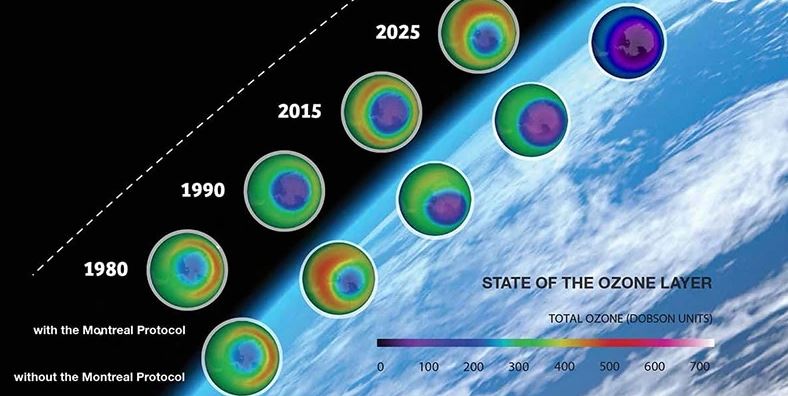
The Montreal Protocol banning CFCs was signed in 1987 by the world`s top industrial nations, but the ozone layer continued to decrease for the next decade while countries worked to restrict their use.
All the countries of the world never agree to one decision together at the same time. But during 1980’s this happened only once that when all the countries in the world agreed to the same thing. During that time the scientists came to know about the ozone layer hole for the first time and it was happening because of the CFC gas release. This was the reason which made almost 200 countries agree on one thing at the same time that no country would use this life threatening gas- CFC.
As compared to CFCs, which break down more slowly into the atmosphere, hydrofluorocarbons (HCFs) and hydrochlorofluorocarbons (HCIFCs) are deployed to avoid the destruction of the ozone layer.
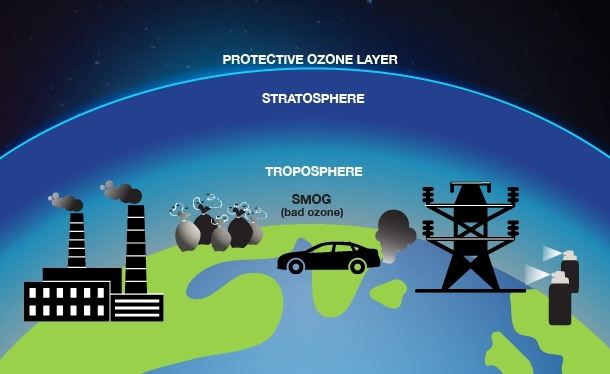
Over the past few decades, the ozone layer has been able to make an amazing recovery. However, if emissions keep increasing, they may offset some of the progress made and worsen climate change.
In addition to being widely used in refrigerants and, CFCs were also used extensively in insulation, foam packaging, and aerosol sprays. There are many different kinds of CFCs, and all of them were supposed to be dropped out globally by 2010 as part of the "Montreal Protocol," a deal between almost 200 countries to stop using CFC gas.
The global agreement known as the Montreal Protocol, which was negotiated for regaining the ozone layer, is generally regarded as a great success. It was quickly embraced after scientists in the 1980s found a huge hole in the ozone layer above Antarctica. The protocol inclined manufacturers to come up with substitutes for CFCs and other ozone-depleting materials. Because of this, Earth`s ozone layer is recovering, reducing the risk of skin cancer and cataracts in humans. Around 2066, researchers expect that the ozone layer will appear like it did before the Antarctic hole.


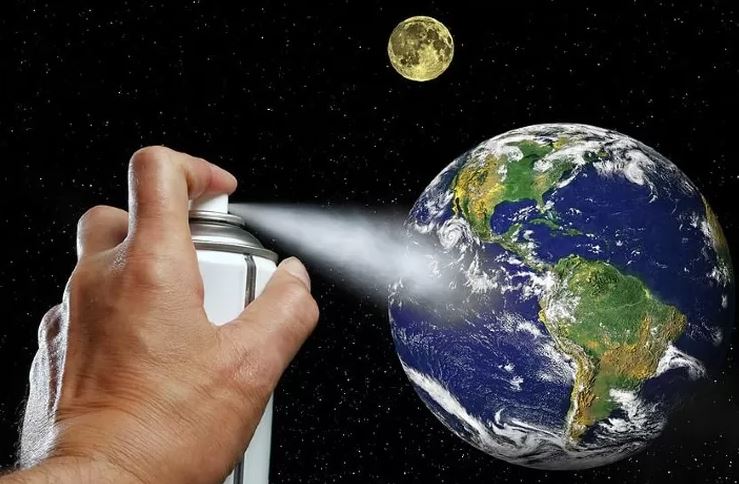

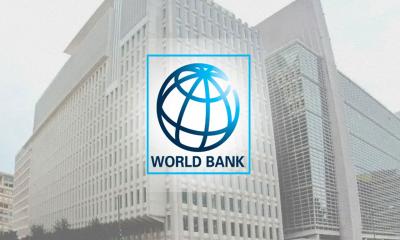
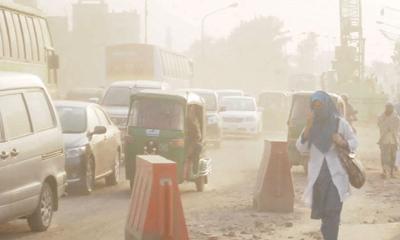



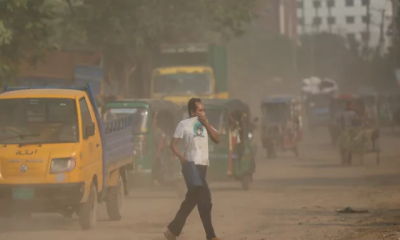




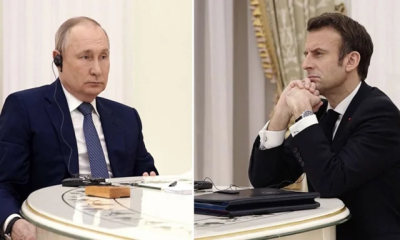
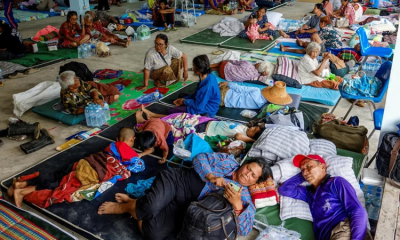

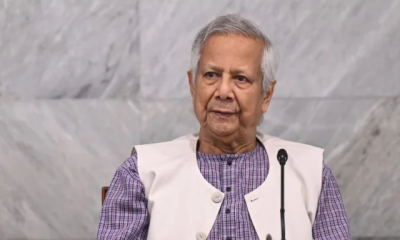


-20251220073333.jpeg)








-20251218165258.jpeg)

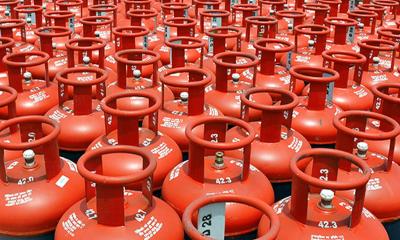
-20251216090625.jpeg)


-20251216054240.jpeg)



